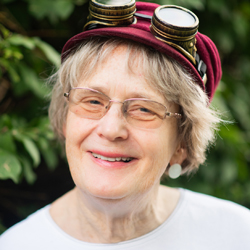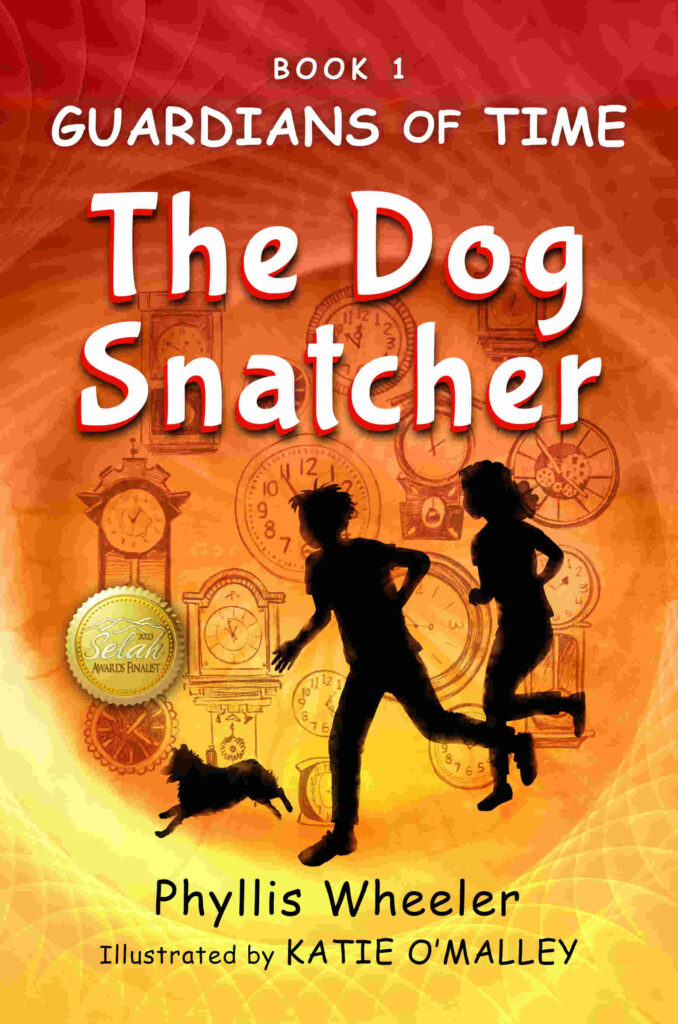
The Jane Austen Centre in Bath says this is what she really looked like.
What could I find out in Bath, U.K., about the real Jane Austen? The writer, the woman. This was a major question on my recent trip to England.
Her plight as a woman of poor fortune, forbidden to get a job and therefore dependent on the men in her life, came clearer to me.
In Bath I could visualize the high-waisted dresses, imitating Greek and Roman styles like the Georgian buildings she moved in. And I could feel her frustration, laid out so clearly in her novels, that a woman of poor fortune was very unlikely to get married and find financial independence. (But then, married women tended to have eight or ten children, minimum, or died in childbirth, so that was a rough option too.) Then there’s the problem of marrying someone you don’t love–that must have happened a lot, and is a theme in her books.

The Assembly Rooms, closed to us at the time, served as the social hub. People from a variety of social levels could mix there. Dances and concerts took place there. In a sense, the whole town was a social mixer. There were also particular places for promenading, the 1805 equivalent of cruising the town square.
Jane Austen must have gotten frustrated with living for years on end in Bath. She couldn’t succeed at the mating game, as a relatively impoverished person. It didn’t help that she was a very tall woman for her time at 5 feet 8 or so. So she was delighted to retire to a cottage in Chawton eventually offered by her brother. There, she and her sister Cassandra could reflect on their Bath experiences, and there she wrote her novels–which generally featured women handicapped at the mating game in one way or another, with many settings in Bath.
Jane wasn’t the first to write a romance novel. But she helped develop a simple romance story structure that has resonated ever since. She added humor and carefully detailed, unique characters as well as a strong sense of place.
What would it be like to have tea with Jane Austen?
She had auburn hair (a lock survives). She was tall, a giantess for her time (born 1775). Her clergyman father had educated her at home, except for a couple of years at school. And, she was a wit.
I know because I’ve read her books. I also picked up a booklet she wrote as a teenager, “The History of England by a partial, prejudiced & ignorant Historian.” “Note, there will be very few dates in this History.” She starts in 1399 with King Henry IV, and ends centuries later with Charles I. She declares partiality to some monarchs and scorn for others, especially Elizabeth I and Henry VIII. All this is in a distinctive voice, very self-aware.
This question puzzled me: How did Jane Austen learn to write? There was no author or editor to teach her! Apparently she learned through reading in her father’s extensive home library, writing these early works, and getting feedback from her large and warm family, which didn’t contain any professional writers or editors.
It helps, of course, to be a genius.








